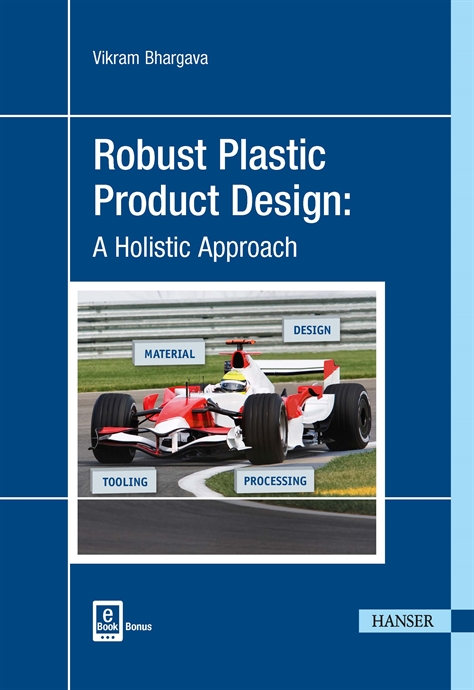
In December 1940, the U.S. government asked the Ford Motor Co. (Dearborn, MI) to build 1,200 B-24 bombers designed by Consolidated Aircraft Co. Ford agreed to the plan, and in April 1941 construction began on what would become the largest assembly plant in the world.
A 1,878-acre tract of land near Ypsilanti, MI, was selected for the facility, which Henry Ford dubbed Willow Run in honor of a creek that ran through the property. An L-shaped building was designed by Albert Kahn, a famous industrial architect who designed numerous assembly plants for Ford and other automakers, such as Buick, Chrysler, Dodge, Packard and Pierce-Arrow.
The assembly hall was 3,200 feet long and 1,280 feet wide. It featured more than 2.5 million square feet of floor space. The complex also included machine shops, runways, hangars, a power plant, a hospital and housing for the workers. A special forging department churned out 7 million rivets a day in 520 different sizes.
It only took 5 months to erect the main assembly building, which was hailed as the crown jewel in Detroit's "arsenal of democracy." Charles Lindbergh, who served as a consultant on the project, called the $47 million facility the "Grand Canyon of a mechanized world."
One of the most unique aspects of the assembly building was a 90-degree bend that occurred when aircraft where two-thirds of the way down the line. Supposedly, the length of the assembly line was miscalculated by the architects during the initial design work. The bend was necessary to prevent the plant from extending into the next county where the taxes were higher. A turntable allowed aircraft to be turned 90 degrees and continue to the final assembly stations. The mile-long assembly line had 28 different stations.
Despite numerous setbacks, including labor unrest, the first B-24 rolled off the assembly line on October 1, 1942. However, by the end of December, the plant had assembled only 56 planes. Henry Ford and his son, Edsel, received national criticism and ridicule when Willow Run was nicknamed "Will it Run?"
Ford's chief engineer, Charles Sorensen--the architect of the Model T moving assembly line in 1913--quickly devised a scheme of mass-producing planes using the same techniques employed in the auto industry. The concept worked, and by early 1944, bombers were coming off the mile-long assembly line at the rate of one an hour. The huge plant ran two 9-hour shifts a day and employed 42,000 people.
Because of the wartime shortage of men, most of the assemblers were women. Each B-24 required 313,237 rivets, so there was plenty of work for "Rosie the Riveter" and her peers. The Willow Run assembly line also employed 10 "midgets" who were recruited from circus sideshows and the entertainment industry. They proved invaluable for confined space assembly tasks, such as crawling inside wingtips to buck rivets.
The B-24, also known as the "Liberator" and the "Flying Boxcar," was credited with helping the United States and its Allies win the war. Four 1,200-hp Pratt & Whitney engines enabled the plane to fly long distances loaded with more than 8,000 pounds of bombs. The 30-ton plane could fly up to 300 miles an hour with a ceiling of 30,000 feet and a range of 3,000 miles. Because of these features, the B-24 was capable of high-altitude precision bombing at heights beyond the range of antiaircraft fire.
In fact, one of the most famous bombing raids during World War II involved a fleet of B-24s. On August 1, 1943, several hundred aircraft took off from Libya on a 2,700-mile round trip to bomb the oil refineries at Ploesti, Romania. Although only a handful of planes returned from the successful mission, historians claim that it marked a turning point in the war.
More B-24s were built than any other combat aircraft in U.S. history. Several other plants churned out the airplane, including facilities in Fort Worth, TX, and San Diego. However, even under optimum conditions, those plants could only build one bomber a day.
Thanks to its moving assembly line, the Willow Run plant was capable of producing one plane an hour. At the height of production in 1944, capacity peaked at 650 planes per month. Using mass production techniques borrowed from the auto industry, the cost per plane was lowered from $379,000 to $216,000. By the end of World War II, 8,600 planes had been assembled at Willow Run.
"Willow Run was the biggest challenge of my production career; bigger than the Model T assembly line at Highland Park, and more momentous than the layout and construction of the great River Rouge plant," claimed Sorensen, who served as Ford's director of production for 40 years.
Sorensen and his team installed a series of 136 separate conveyors in the plant, which were powered by 75 drive units. A large bridge-type conveyor system, designed by Kahn, fed fuselage sections into the assembly line similar to the way bodies are "dropped" in automobile assembly.
The engineering team created special production procedures for wing assembly, which reduced production time per unit from 13 days to just 1 hour. A wide variety of new fixtures were also Developing a fixture where the bulky fuselage section could be quickly and accurately mated with the 55-foot center wing was the biggest challenge faced by the engineers.






